Aya Takano’s Illustrations Depict a Utopian Adolescence
In 'Let's make the universe a better place', the Japanese illustrator pays tribute to freedom and the quest for identity.
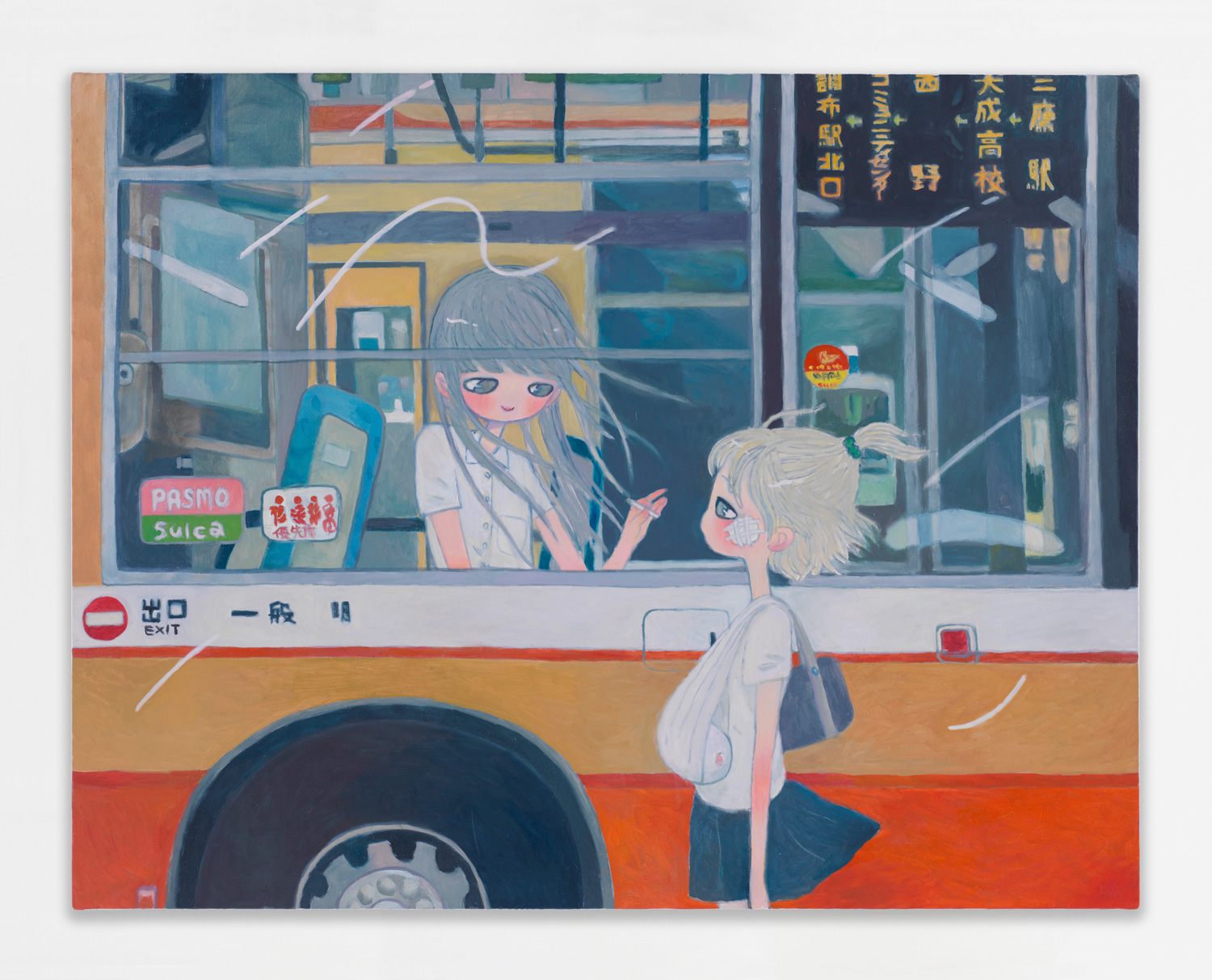
© Aya Takano / Courtesy Galerie Perrotin
Aya Takano‘s paintings and illustrations depict a dreamlike universe, at the heart of which reality blends into a poetic fiction. With fine lines, she draws young, androgynous girls with long limbs and big eyes, reflective of a certain innocence, often deconstructed.
The illustrator and science fiction author was born in Saitama in 1976. Inspired by erotic engravings from the Edo period and Gustav Klimt’s art nouveau paintings, she constructs a unique world and invents her own mythology. In her pieces, fantastical creatures and young women come face to face, and inhabit a utopian land in which fairies exist and human beings are free to fly where they wish. Having been marked by the Fukushima nuclear disaster, the artist strives to present a lush natural environment that exists in harmony with humans.
‘Follow your bliss’
In Let’s make the universe a better place, however, natural landscapes make way for the urban environment. Inspired by her visits to girls’ schools in Korea, Aya Takano praises the freedom found there. She inhabits her illustrations, and takes the place of the young girls she draws to imagine a world in which their individuality and happiness would be the dominant forces. In her illustrations, the environment fades away to give way to the protagonists, as if to encourage them to exist. Reminiscent of anime characters, her figures raise questions: how do these adolescents forge their own identity? Does their everyday life differ from that of adults? What does it mean to be a woman?
Soft and colourful, Aya Takano’s illustrations do not dwell on the doubts and fears with which young people are inundated while growing up, but rather depict extraordinary scenes. True to her aesthetic, her androgynous figures are symbolic of a period of transition, during which innocence, joy, the birth of desire, and tolerance impose themselves like emblems making the future clearer. In this series, living beings coexist peacefully, free to grow up as they wish, beyond the notions of gender and belonging. This idyllic universe is inspired by the words of American mythologist Joseph Campbell, who wrote ‘follow your bliss.’
Aya Takano’s illustrations can be viewed on the Galerie Perrotin’s website.
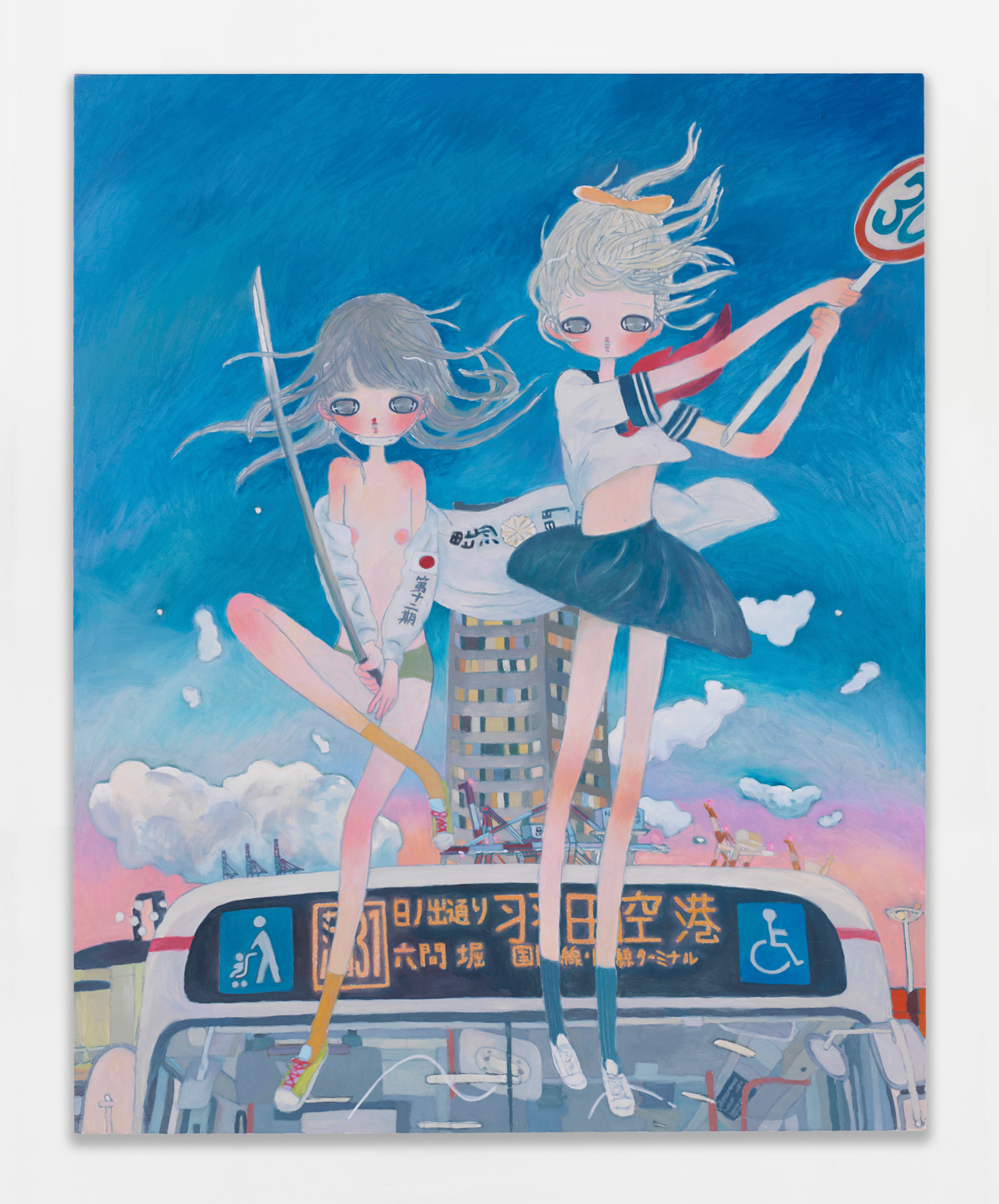
© Aya Takano / Courtesy Galerie Perrotin
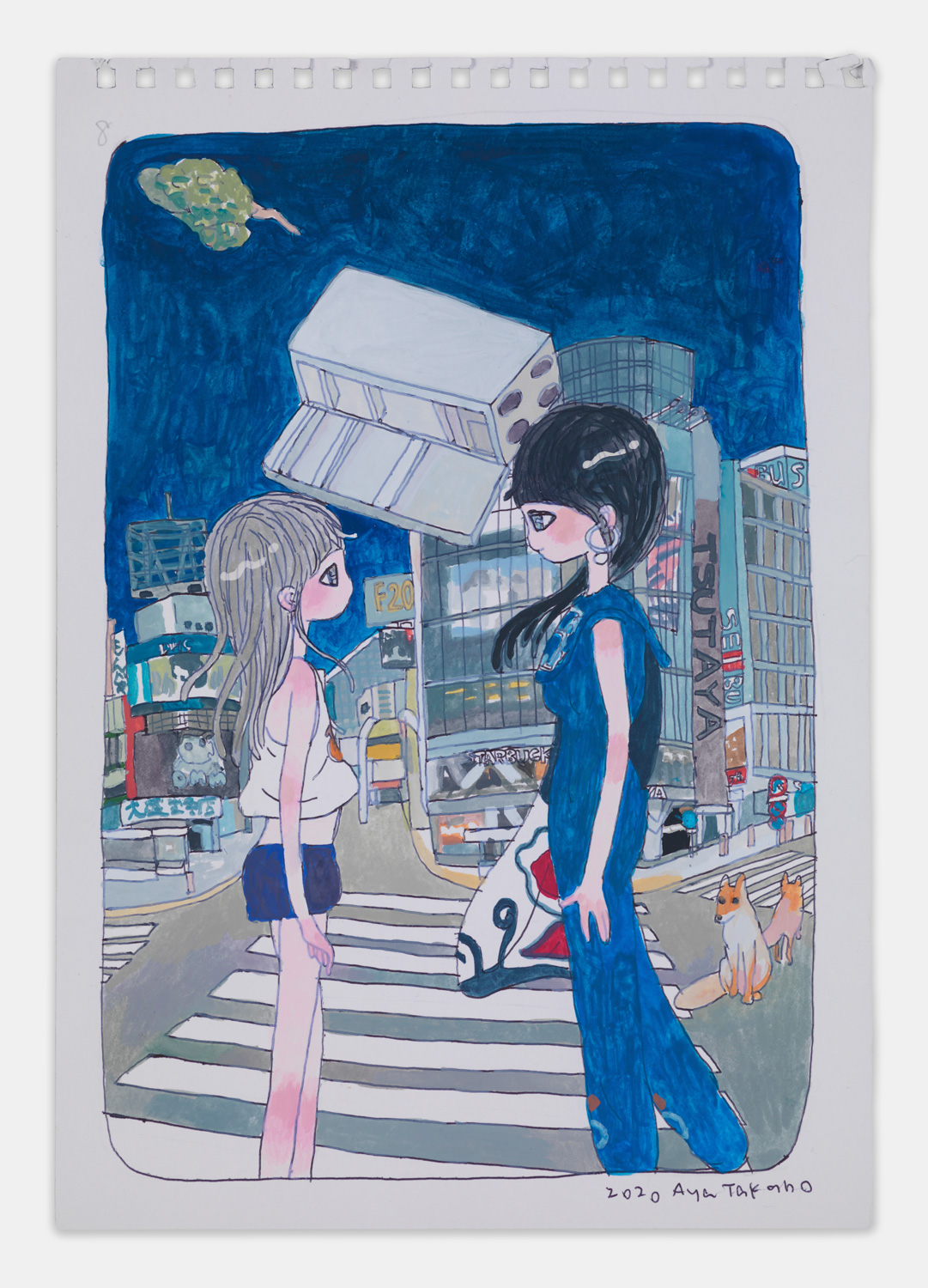
© Aya Takano / Courtesy Galerie Perrotin
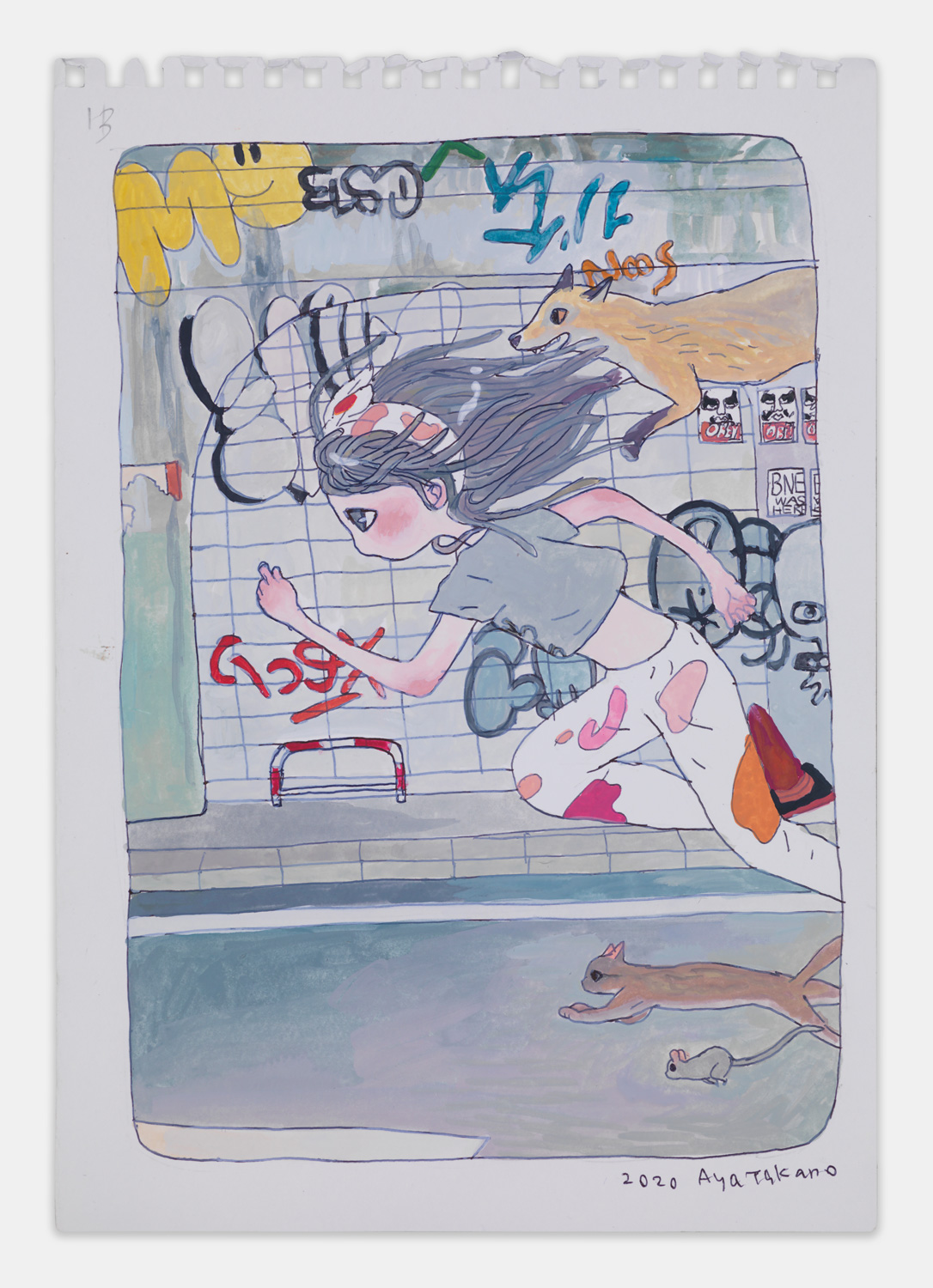
© Aya Takano / Courtesy Galerie Perrotin
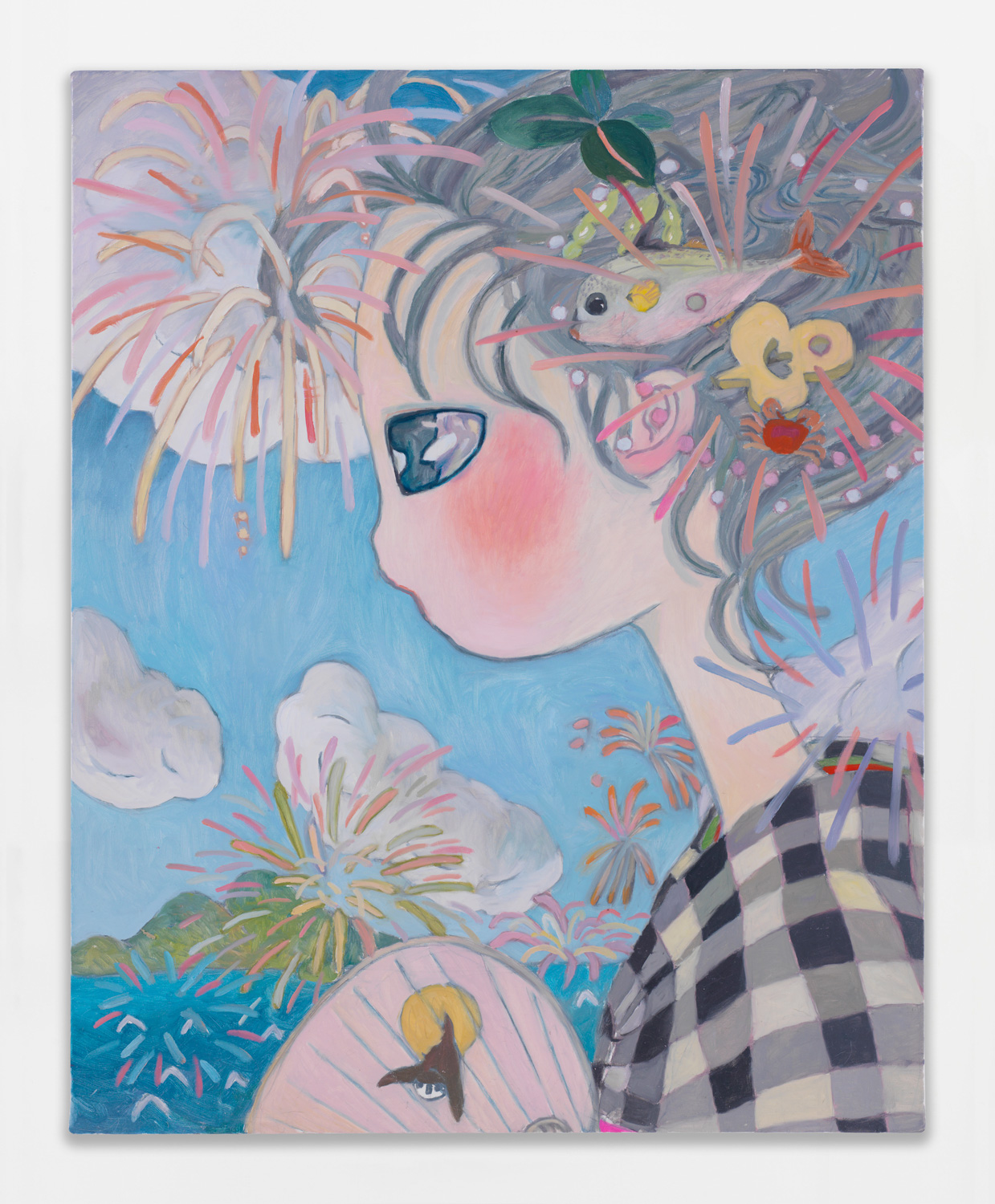
© Aya Takano / Courtesy Galerie Perrotin
TRENDING
-
The Tattoos that Marked the Criminals of the Edo Period
Traditional tattoos were strong signifiers; murderers had head tattoos, while theft might result in an arm tattoo.

-
Chiharu Shiota, Red Threads of the Soul
Last year, more than 660,000 people visited the retrospective 'Chiharu Shiota: The Soul Trembles' exhibit at the Mori Art Museum.

-
‘Before Doubting Others, Doubt Yourself. Who Can Truly Say a Dish Isn’t What It Used to Be?’
In ‘A Non-Conformist’s Guide to Surviving Society’, author Satoshi Ogawa shares his strategies for navigating everyday life.

-
The Story of Sada Yacco, the Geisha who Bewitched Europe
Described by Dazed magazine as the first beauty influencer, she has been restored to her former glory since 2019.

-
Ito Jakuchu's Naturalist Paintings
From 15 September until 14 October 2018, the Petit Palais showcased the artist's iconic ‘Images of the Colourful Realm of Living Beings’.





